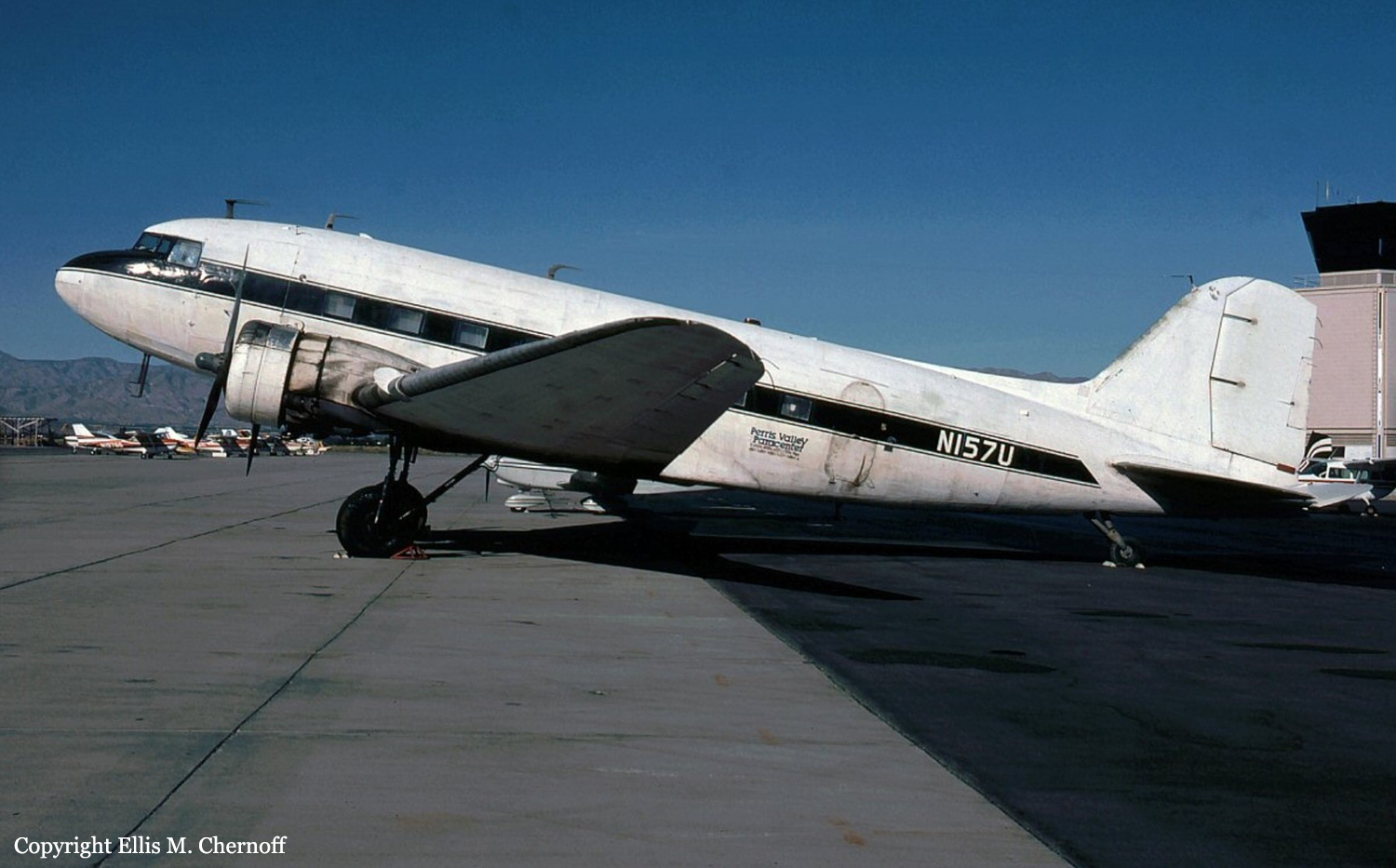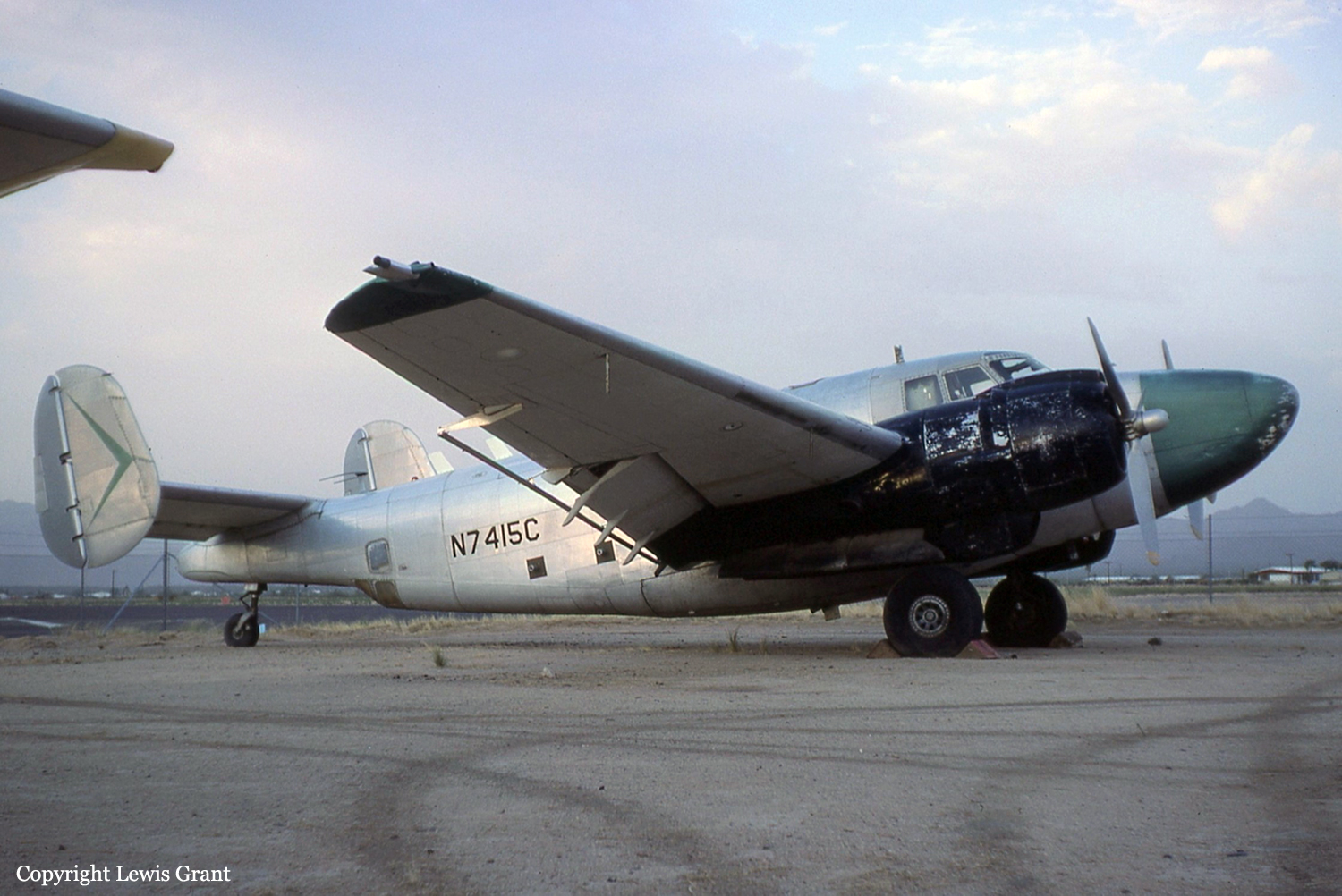Crash of a Consolidated PBY-5A Catalina in Lewistown: 1 killed
Date & Time:
May 9, 1985 at 0844 LT
Registration:
N84857
Survivors:
Yes
Schedule:
Lewistown - Reno
MSN:
1522
YOM:
1944
Crew on board:
2
Crew fatalities:
Pax on board:
1
Pax fatalities:
Other fatalities:
Total fatalities:
1
Captain / Total hours on type:
19.00
Aircraft flight hours:
1481
Circumstances:
During taxi to takeoff the brakes failed. The pilot attempted to ground loop the aircraft. The aircraft rolled down a hill and collided with a gully. The pilot was fatally injured. During preflight the copilot inadvertently added hydraulic fluid in the alcohol tank. The hydraulic pump cavitated. The pilot failed to use the hydraulic emergency hand pump or the a.c. Electric pump.
Probable cause:
Occurrence #1: miscellaneous/other
Phase of operation: standing - pre-flight
Findings
1. (f) fluid, hydraulic - inadequate
2. (c) aircraft preflight - inadequate - pilot in command
3. (f) acft/equip inadequate, visual restriction - copilot/second pilot
4. (f) hydraulic system, reservoir - low level
5. (c) aircraft service - improper - copilot/second pilot
6. (f) window, inspection/observation - blocked (partial)
7. (f) crew/group coordination - poor - pilot in command
8. (f) anti-ice/deice system, propeller - unmarked
9. (c) supervision - poor - pilot in command
----------
Occurrence #2: airframe/component/system failure/malfunction
Phase of operation: taxi - to takeoff
Findings
10. Hydraulic system, pump - failure, total
11. Brakes (normal) - selected - pilot in command
12. (c) hydraulic system - pressure too low
13. (c) brakes (emergency) - not used - pilot in command
14. (c) safety system (other) - not engaged
15. (c) emergency procedure - not followed - pilot in command
----------
Occurrence #3: loss of control - on ground/water
Phase of operation: taxi - to takeoff
Findings
16. Ground loop/swerve - attempted - pilot in command
----------
Occurrence #4: on ground/water encounter with terrain/water
Phase of operation: other
Findings
17. Terrain condition - ditch
Phase of operation: standing - pre-flight
Findings
1. (f) fluid, hydraulic - inadequate
2. (c) aircraft preflight - inadequate - pilot in command
3. (f) acft/equip inadequate, visual restriction - copilot/second pilot
4. (f) hydraulic system, reservoir - low level
5. (c) aircraft service - improper - copilot/second pilot
6. (f) window, inspection/observation - blocked (partial)
7. (f) crew/group coordination - poor - pilot in command
8. (f) anti-ice/deice system, propeller - unmarked
9. (c) supervision - poor - pilot in command
----------
Occurrence #2: airframe/component/system failure/malfunction
Phase of operation: taxi - to takeoff
Findings
10. Hydraulic system, pump - failure, total
11. Brakes (normal) - selected - pilot in command
12. (c) hydraulic system - pressure too low
13. (c) brakes (emergency) - not used - pilot in command
14. (c) safety system (other) - not engaged
15. (c) emergency procedure - not followed - pilot in command
----------
Occurrence #3: loss of control - on ground/water
Phase of operation: taxi - to takeoff
Findings
16. Ground loop/swerve - attempted - pilot in command
----------
Occurrence #4: on ground/water encounter with terrain/water
Phase of operation: other
Findings
17. Terrain condition - ditch
Final Report:









